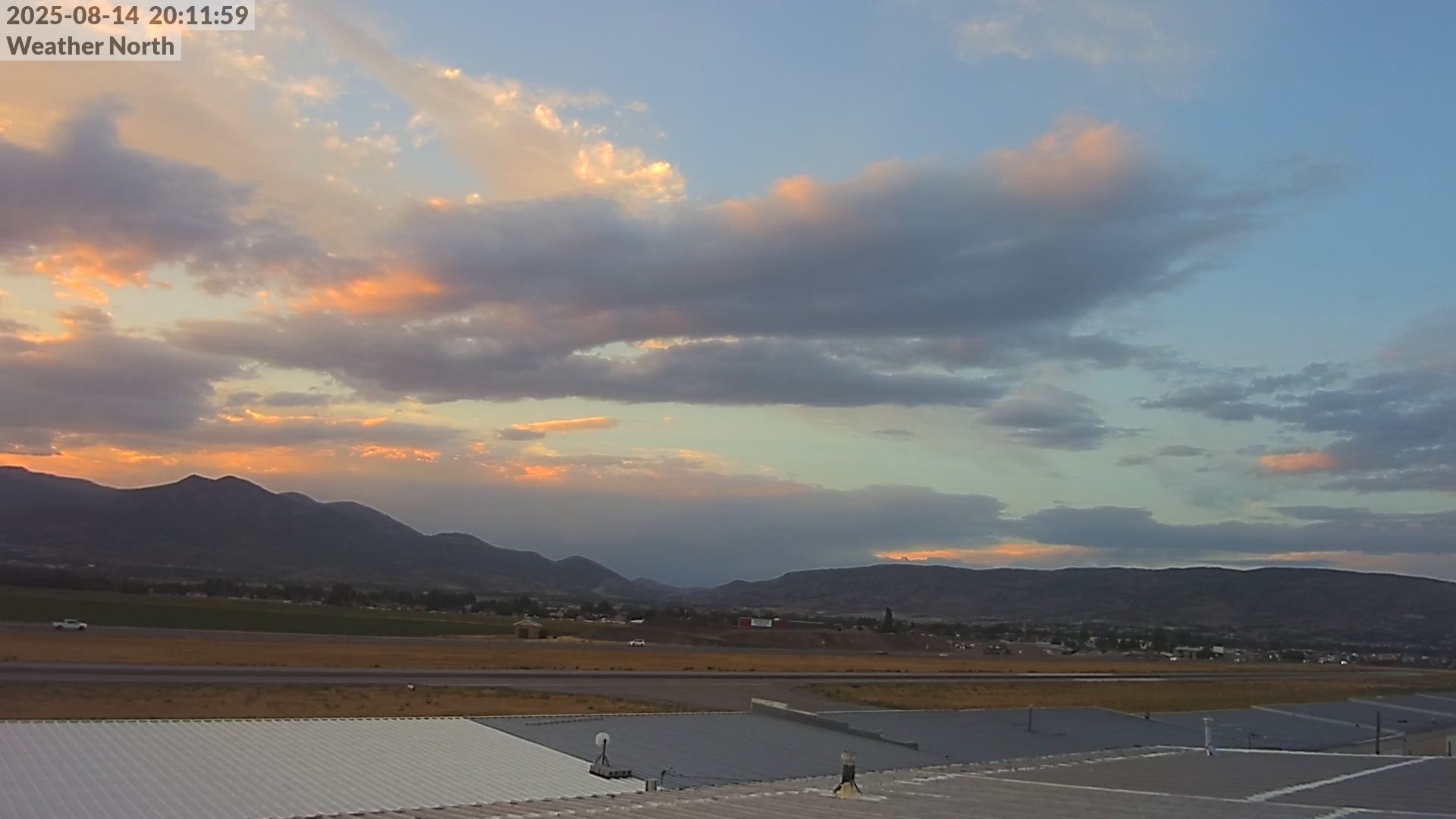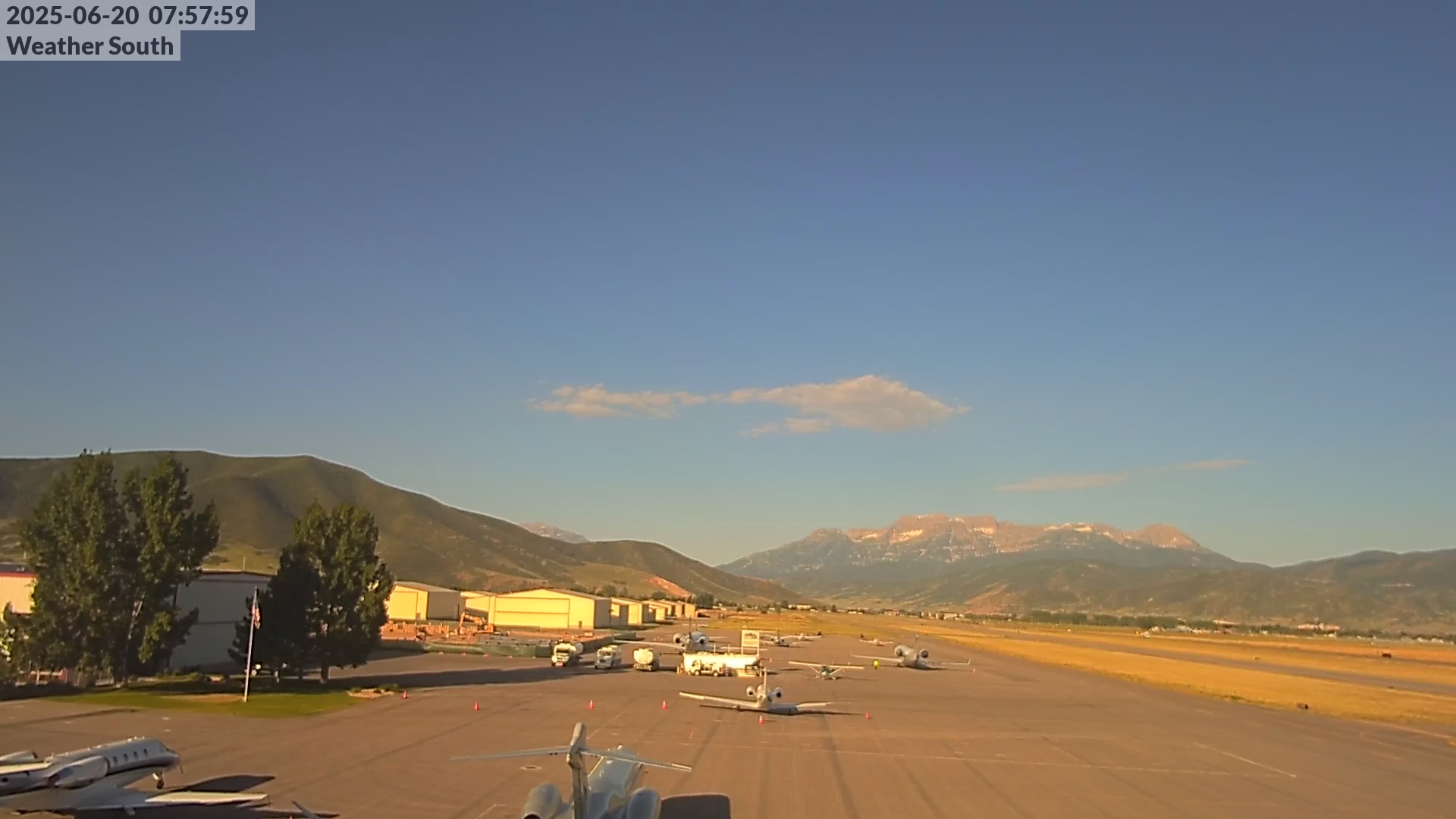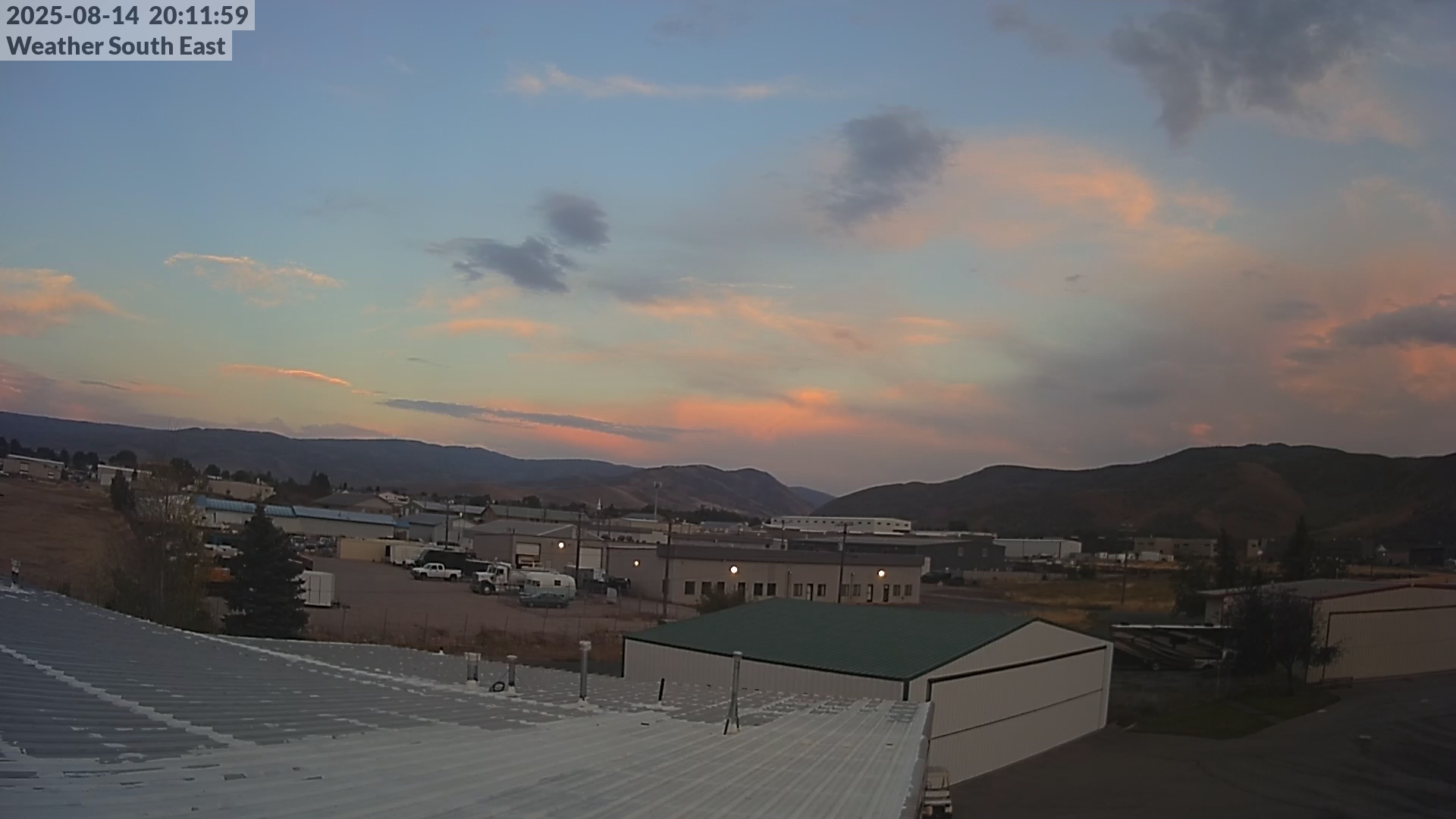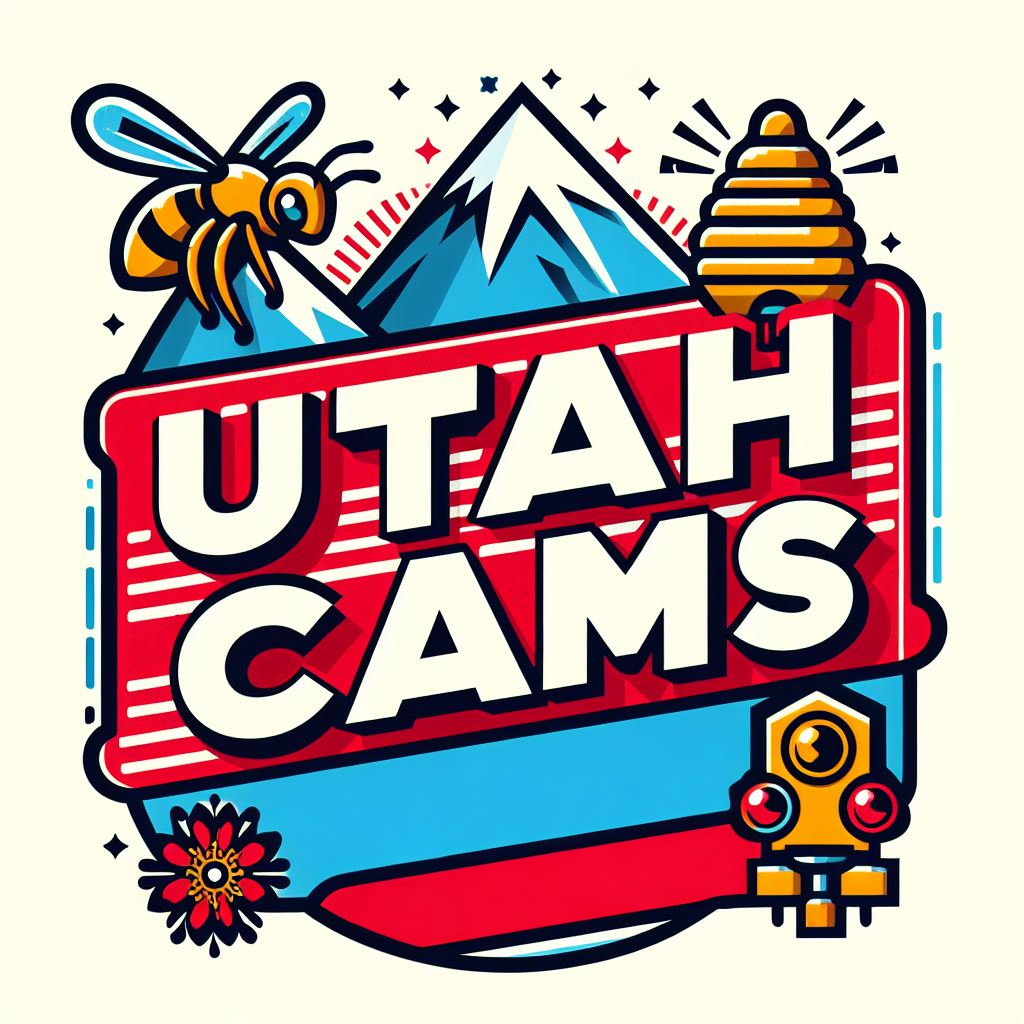Heber, UT Weather Cams
Heber Airport NOAA North Cam

Heber Airport Looking South Cam

Heber Airport Looking South East Cam

Heber Valley Airport Cam
Heber, Utah: From Pioneer Beginnings to Modern Prosperity
Pioneer Beginnings: Settling the Heber Valley
Heber Utah Webcams. The history of Heber, Utah, nestled in the picturesque Heber Valley, begins in the mid-19th century with the arrival of Mormon pioneers. In 1859, a group of settlers led by Robert Broadhead and his family ventured into the valley, attracted by its fertile soil, abundant water supply, and scenic beauty. The valley was named after Heber C. Kimball, an early leader in The Church of Jesus Christ of Latter-day Saints (LDS Church), honoring his contributions to the Mormon community.
The pioneers faced numerous challenges as they established their new homes, including harsh winters, limited resources, and the need to build infrastructure from scratch. Despite these difficulties, the settlers were resilient and industrious, constructing homes, schools, and churches while developing irrigation systems to support agriculture. The early economy of Heber was primarily based on farming, ranching, and timber, with the community relying on these industries for sustenance and trade.
Growth and Development: Building a Community
Heber continued to grow and develop throughout the late 19th and early 20th centuries. The completion of the Denver and Rio Grande Western Railroad in 1899 was a significant milestone, connecting Heber to larger markets and facilitating the transportation of goods and people. The railroad brought economic opportunities and spurred population growth, transforming Heber from a small agricultural settlement into a thriving town.
Incorporated as a city in 1889, Heber saw the establishment of various businesses, including general stores, hotels, and banks, which contributed to its burgeoning economy. The community placed a strong emphasis on education and religious life, with schools and churches serving as central institutions. The Heber Tabernacle, completed in 1889, became a landmark and gathering place for the town’s residents, reflecting the importance of faith and community in Heber’s development.
Economic Diversification: Embracing Tourism and Recreation
As the 20th century progressed, Heber began to diversify its economy, capitalizing on its natural beauty and outdoor recreational opportunities. The Heber Valley’s stunning landscapes, including the Provo River, Uinta Mountains, and nearby Wasatch Mountain Range, made it an attractive destination for tourists and outdoor enthusiasts.
In the 1960s, the development of the Deer Creek Reservoir and the establishment of the Wasatch Mountain State Park further enhanced Heber’s appeal as a recreational hub. The reservoir provided opportunities for boating, fishing, and water sports, while the state park offered hiking, camping, and wildlife viewing. These developments attracted visitors from across Utah and beyond, boosting the local economy and creating jobs in the tourism and hospitality sectors.
Preserving Heritage: The Heber Valley Railroad
One of the most iconic attractions in Heber is the Heber Valley Railroad, also known as the “Heber Creeper.” Established in 1899 as a passenger and freight line, the railroad played a crucial role in the region’s development. However, with the advent of modern transportation, the railroad’s commercial use declined, and it ceased operations in 1967.
Recognizing the historical significance and tourism potential of the railroad, local preservationists and community leaders worked to revive it as a heritage railway. In 1970, the Heber Valley Railroad reopened as a scenic tourist attraction, offering vintage train rides through the stunning landscapes of the Heber Valley and Provo Canyon. Today, the Heber Valley Railroad is a beloved cultural and historical asset, drawing visitors from around the world and celebrating the region’s rich railroading heritage.
Modern Prosperity: Growth and Development in the 21st Century
Heber’s growth and development have continued into the 21st century, with the town experiencing significant population increases and economic expansion. The construction of the Jordanelle Reservoir in the 1990s created new recreational opportunities and attracted residential and commercial development. The reservoir, surrounded by the Jordanelle State Park, has become a popular destination for boating, fishing, and camping, further enhancing Heber’s appeal as a recreational haven.
The proximity of Heber to world-class ski resorts, including Deer Valley and Park City, has also contributed to its growth. The town has become a desirable location for those seeking a high quality of life, with its scenic beauty, outdoor activities, and close-knit community atmosphere. Residential development has boomed, with new neighborhoods and housing developments accommodating the influx of new residents.
Cultural and Community Life: Celebrating Traditions and Building Connections
Heber’s vibrant cultural and community life is evident in its numerous events, festivals, and traditions. The Heber Valley Western Music and Cowboy Poetry Gathering, held annually, celebrates the region’s cowboy heritage with performances, poetry readings, and storytelling. The Heber Valley Pow Wow, hosted by the Northern Ute Tribe, is another significant cultural event that honors the area’s Native American heritage through dance, music, and crafts.
The Heber City Farmers Market, local craft fairs, and holiday celebrations foster a sense of community and connection among residents. The Heber Valley Chamber of Commerce and other civic organizations play a vital role in promoting economic development, supporting local businesses, and enhancing the quality of life for all who call Heber home.
Looking to the Future: Balancing Growth and Preservation
As Heber looks to the future, the community faces the challenge of balancing growth and development with the preservation of its natural beauty, heritage, and small-town charm. Sustainable development practices, conservation efforts, and community engagement are essential to ensuring that Heber remains a desirable place to live, work, and visit.
With its rich history, strong sense of community, and commitment to preserving its unique character, Heber, Utah, is poised to continue thriving as a cherished mountain town in the heart of the Heber Valley.
For more information, visit the official Heber, UT website.
